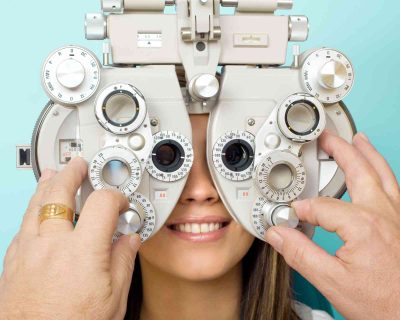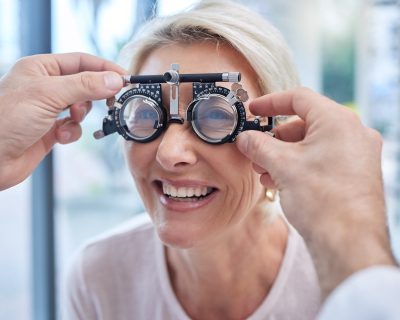
How To Put in Eye Drops
Did you know eye drops are used to treat a variety of conditions? These conditions include dry eyes, allergies, glaucoma, and eye infections. Eye drops are essential to preserving your vision and protecting your eyes.
There’s a right and wrong way to put eye drops in your eyes. You must use eye drops properly to get the greatest benefits from them. Putting eye drops in your eyes incorrectly can get expensive because each time you miss your eye it can potentially cost you a lot of money.
You need to keep in mind a couple of things when putting in eye drops such as following your doctor’s orders, making sure the dropper stays clean, washing your hands before putting in your eyedrops, and being careful not let the tip of the dropper touch any part of your eye.
Here are the 10 steps on how to put in eye drops:
1. You should wash your hands with soap and water, then dry them with a clean towel.
2. Remove the dropper cap and inspect the tip to make sure it’s not cracked or damaged.
3. Lie down or tilt your head back and look up the ceiling.
4. Place one finger on your face below your eye and gently pull down to create a pocket between your lower eyelid and eyeball.
5. Hold the eye drop bottle with your other hand and point the tip of the eye drop downward. If you’re hands are shaking, rest your hand on your forehead.
6. Hold the bottle about an inch away to your eye. Make sure the dropper doesn’t touch your eye or eyelashes.
7. Squeeze the bottle lightly to instill one drop inside your lower eyelid.
8. Close your eyes and tilt your head down. Make sure you don’t blink so your eye has a chance to absorb the eye drop.
9. Press lightly on the inner corner of your eyelid to keep as much of the drop on your eyes as possible.
10. Use a tissue to absorb and wipe any drops that spill onto your eyelids and face.
About New Optical Palace
New Optical Palace is your Optician and Optometrist in the Kitchener and Waterloo Area. We offer eye exams for adults and children and a wide selection of prescription glasses for your prescription, contact lenses, and sunglasses.




